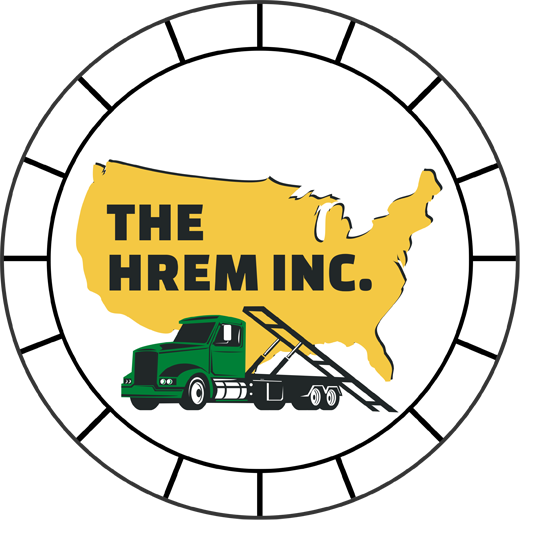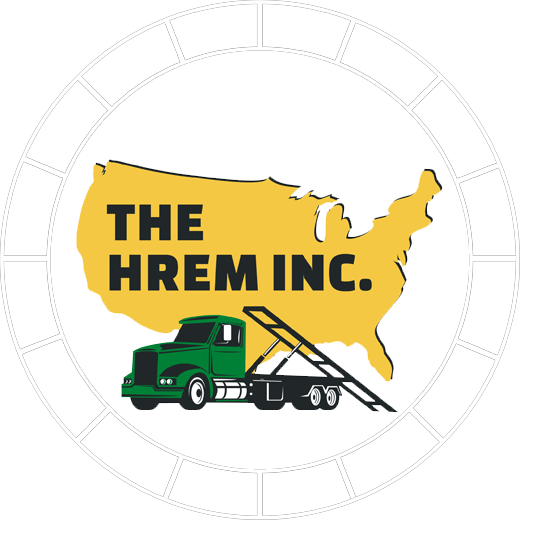
Understanding Roll-Off Truck Systems: Components and Functions
Roll-off truck systems are essential in various industries, from construction to waste management. These systems are designed to transport large containers, or “roll-offs,” which can be easily loaded onto the truck for transportation and then unloaded at the destination. Understanding the components and functions of roll-off truck systems is crucial for anyone involved in industries that rely on these versatile vehicles. In this blog post, we’ll break down the key components of roll-off truck systems, explain how they work, and offer tips on maintaining them for optimal performance.
The Basics of Roll-Off Truck Systems
Roll-off truck systems are specialized vehicles designed to carry and transport large containers. These systems are particularly useful in industries like construction, where large amounts of waste or materials need to be moved efficiently. The flexibility of roll-off systems allows for quick loading and unloading of containers, making them a popular choice for projects that require frequent transportation of heavy loads.
Roll-off truck systems consist of several key components that work together to perform specific functions. These components include the truck chassis, roll-off hoist, hydraulic system, control systems, and the containers themselves. Each component plays a vital role in the operation of the system, and understanding how they work together is essential for efficient use and maintenance.
Key Components of Roll-Off Truck Systems
The Truck Chassis
The truck chassis is the foundation of any roll-off truck system. It provides the structural support for the entire vehicle and the mounted components, such as the hoist and hydraulic system. The chassis must be strong enough to handle the heavy loads that roll-off trucks are typically used to carry. Most roll-off trucks are built on heavy-duty truck chassis designed for industrial use, ensuring they can withstand the rigors of transporting large containers.
Roll-Off Hoist
The roll-off hoist is the mechanism that allows the container to be loaded onto and unloaded from the truck. The hoist is mounted on the truck’s chassis and typically uses a combination of hydraulic cylinders and cables to lift and lower the container. There are several types of hoist systems, including hook lift, cable lift, and chain lift systems, each with its own advantages depending on the specific application.
Hook Lift: Uses a hydraulic hook to engage with the container and pull it onto the truck. This system is known for its simplicity and ease of use.
Cable Lift: Utilizes a winch and cable system to pull the container onto the truck. It offers flexibility in handling different container sizes and is commonly used in waste management.
Chain Lift: Similar to the cable lift but uses chains instead of cables. This system is often preferred for heavier loads due to its durability.
Hydraulic System
The hydraulic system is the powerhouse of the roll-off truck. It provides the necessary force to operate the hoist and control the movement of the container. Hydraulics are used because they can generate a significant amount of force in a compact system, making them ideal for the heavy lifting required in roll-off truck operations.
The hydraulic system typically includes hydraulic pumps, cylinders, hoses, and a reservoir for hydraulic fluid. The system is powered by the truck’s engine, which drives the hydraulic pump to generate pressure in the system. This pressure is then used to lift or lower the container as needed.
Control Roll-off Truck Systems
The control systems on a roll-off truck allow the operator to control the various functions of the hoist and hydraulic system. These controls are usually located inside the truck’s cab, enabling the driver to operate the system without leaving the vehicle. Some modern roll-off trucks also feature remote control systems, allowing operators to manage the loading and unloading process from outside the truck for greater visibility and safety.
Containers or Bins
The containers, also known as roll-offs or bins, are the detachable units that hold the materials being transported. These containers are designed to be easily loaded onto and off the truck using the roll-off hoist. They come in various sizes and configurations, depending on the type of materials they are intended to carry. Common types of roll-off containers include open-top containers for general waste, closed containers for hazardous materials, and specialized containers for recyclable materials.
How Roll-Off Truck Systems Work
Loading the Container
The process begins with the roll-off truck arriving at the site where the container is located. The truck positions itself so that the hoist can align with the container. Depending on the type of hoist system, the operator either hooks the container, attaches the cable, or connects the chain. Once secured, the hydraulic system is activated to pull the container onto the truck bed.
For hook lift systems, the hook engages a bar on the container and pulls it onto the truck. In cable or chain lift systems, the winch or chains are used to drag the container onto the bed. The hydraulic system then lifts the front of the container, allowing it to slide smoothly onto the truck.
Transporting the Load
Once the container is securely on the truck, it is locked in place to prevent movement during transportation. The truck then transports the container to its destination. Roll-off trucks are designed to handle heavy loads, so they are equipped with powerful engines and durable suspension systems to ensure safe and efficient transport.
Unloading the Container
At the destination, the unloading process is essentially the reverse of loading. The truck positions itself to allow the container to be slid off the bed. The hydraulic system lifts the front of the container, and gravity assists in sliding the container off the truck. In hook lift systems, the hook is disengaged, while in cable and chain lift systems, the winch or chains are used to lower the container safely to the ground.
Maintenance of Roll-Off Truck Systems
Regular maintenance of roll-off truck systems is essential to ensure they remain in good working condition and can handle the demands of daily operations. Neglecting maintenance can lead to breakdowns, costly repairs, and even accidents.
Regular Inspections
Routine inspections are crucial for identifying any potential issues before they become serious problems. These inspections should include checking the truck chassis for any signs of wear or damage, inspecting the hoist system for proper operation, and ensuring that the hydraulic system is functioning correctly. Regular inspections can help extend the life of the roll-off truck and prevent costly downtime.
Hydraulic System Maintenance
The hydraulic system is a critical component of the roll-off truck, and maintaining it is essential for the truck’s overall performance. Regularly checking the hydraulic fluid levels, inspecting hoses and connections for leaks, and ensuring the hydraulic cylinders are in good condition are all part of maintaining the hydraulic system. It’s also important to replace the hydraulic fluid as recommended by the manufacturer to ensure optimal performance.
Safety Checks
Safety should always be a top priority when operating roll-off truck systems. Regular safety checks should include inspecting the control systems to ensure they are functioning properly, checking the hoist for any signs of wear or damage, and making sure all safety locks and mechanisms are working correctly. Additionally, operators should be trained on the proper use of the roll-off truck system to minimize the risk of accidents.
Common Issues and Troubleshooting
Even with regular maintenance, issues can sometimes arise with roll-off truck systems. Being able to troubleshoot these problems quickly can save time and prevent more serious damage.
One common issue is hydraulic system failure, which can be caused by low hydraulic fluid levels, leaks, or damaged hydraulic components. If the hoist system is not operating smoothly, it may indicate a problem with the hydraulic system that needs to be addressed immediately.
Another common problem is misalignment of the hoist system, which can make loading and unloading difficult. This can be caused by wear and tear on the hoist components or improper installation. Regular inspections can help catch these issues early and prevent them from becoming more serious.
Electrical problems with the control systems can also occur, particularly in older roll-off trucks. If the controls are not responding correctly, it could be due to faulty wiring or a problem with the control unit itself. Troubleshooting electrical issues should always be done by a qualified technician to avoid causing further damage.
Conclusion
Roll-off truck systems are an indispensable part of many industries, offering a flexible and efficient way to transport large containers of materials. By understanding the components and functions of these systems, operators can ensure they are using them effectively and maintaining them properly. Regular maintenance, safety checks, and prompt troubleshooting of any issues can help keep roll-off truck systems in top condition, minimizing downtime and extending their lifespan.
Whether you’re new to roll-off truck systems or looking to deepen your understanding, knowing how these systems work and
